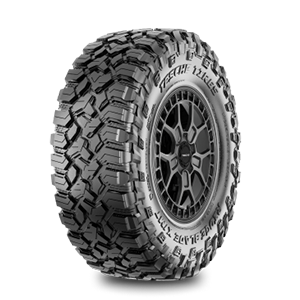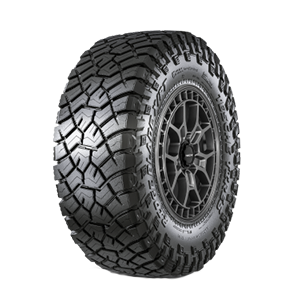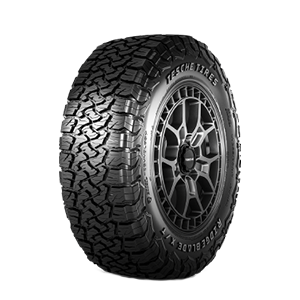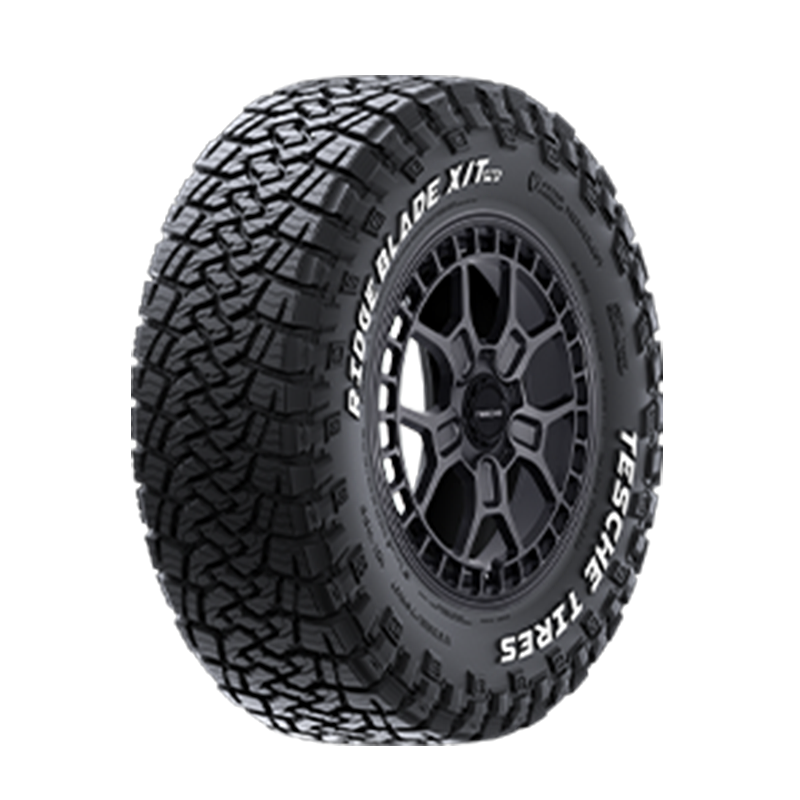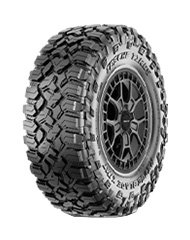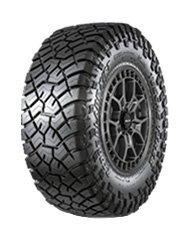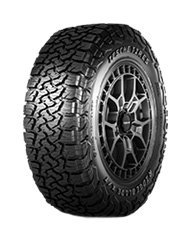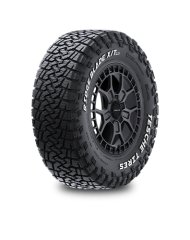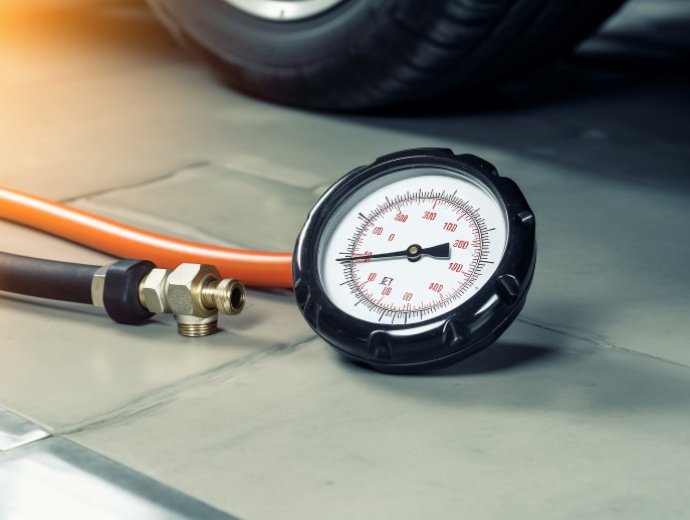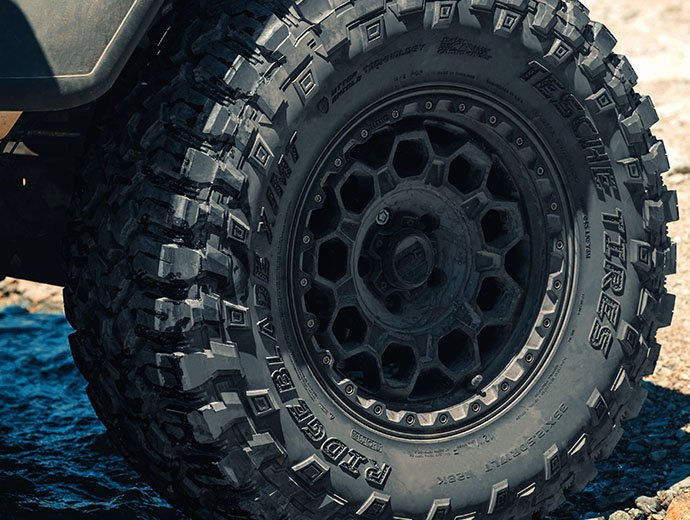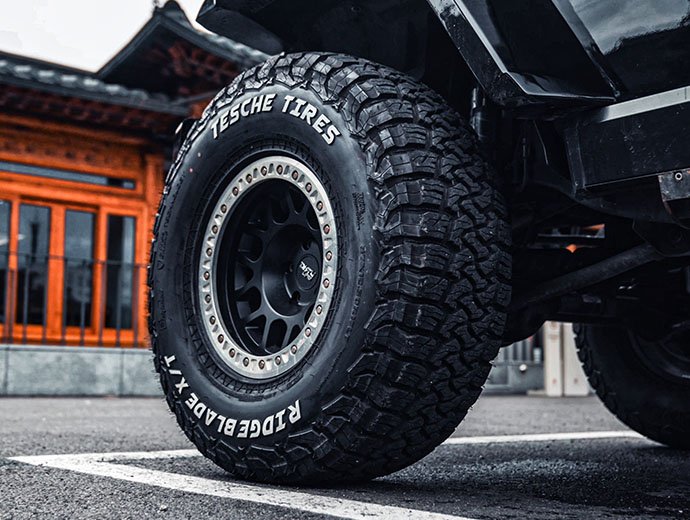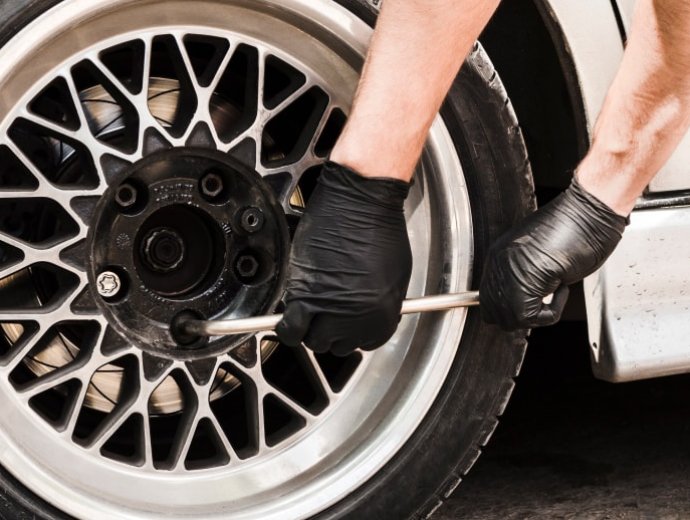Ensure maximum performance and a long life from your tires by checking the air pressures at least once a month and set them to the vehicle manufacturer’s recommended pressure(s) listed on the vehicle’s tire placard or in your owner’s manual. Always check and adjust your air pressure when your tires are cold, preferably first thing in the morning before driving. Never release air pressure from tires when they are hot. Wait until the tires cool down and recheck, adding air or releasing as required. Endorses the use of nitrogen in your tires because it helps your tires maintain optimal pressure for longer periods of time and reduces the amount of moisture inside of the tire and wheel assembly.
*Some plus size applications may require different air pressure(s) than what is listed on your vehicle’s placard or owner’s manual. In this case, please consult your tire dealer for proper inflation pressure(s).
